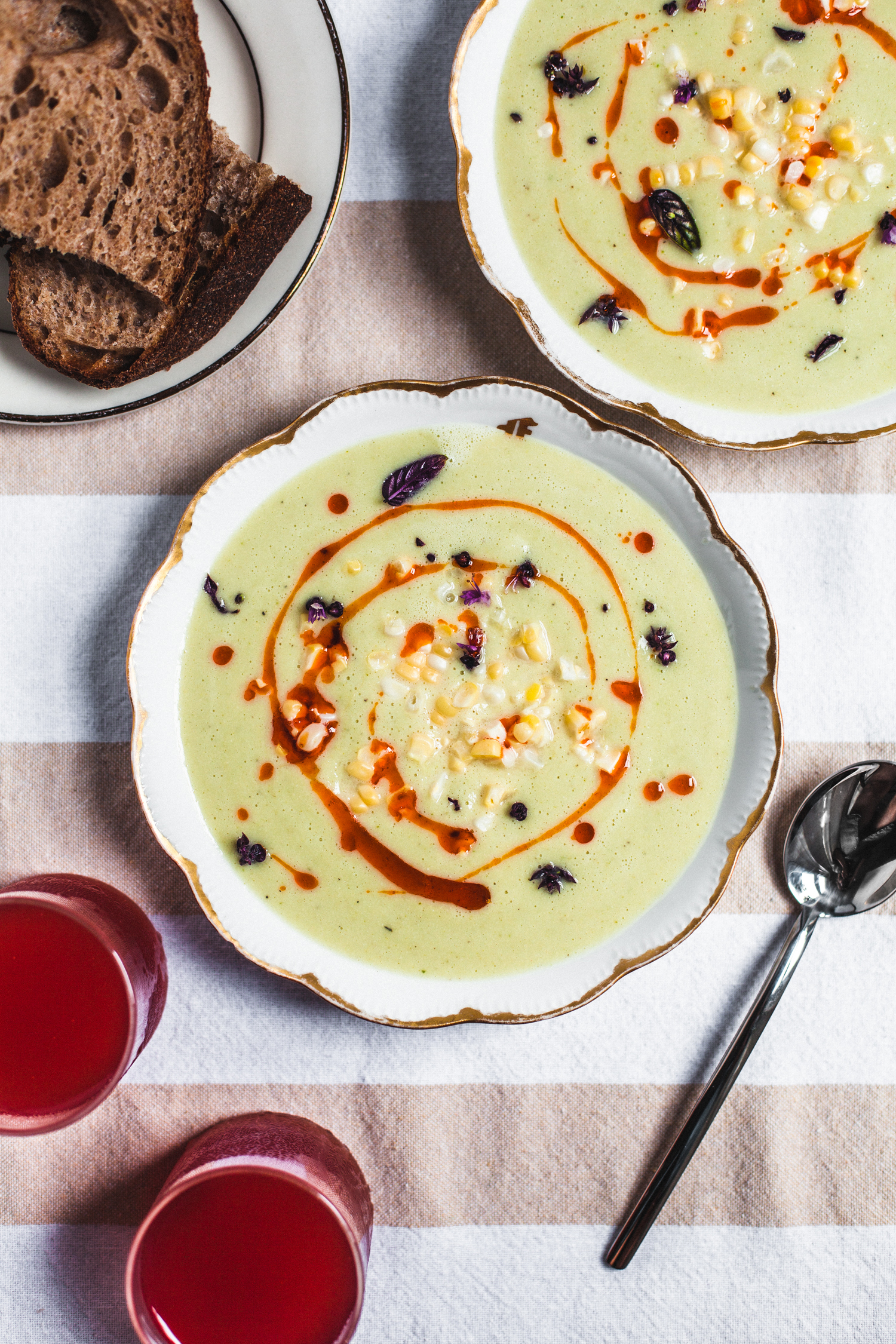
Corn and Zucchini Bisque with Paprika Oil
This delicate, silky bisque is all about the intersection of summer and fall. Corn and zucchini are summer epitomized, y...
Read Recipe
This delicate, silky bisque is all about the intersection of summer and fall. Corn and zucchini are summer epitomized, y...
Read Recipe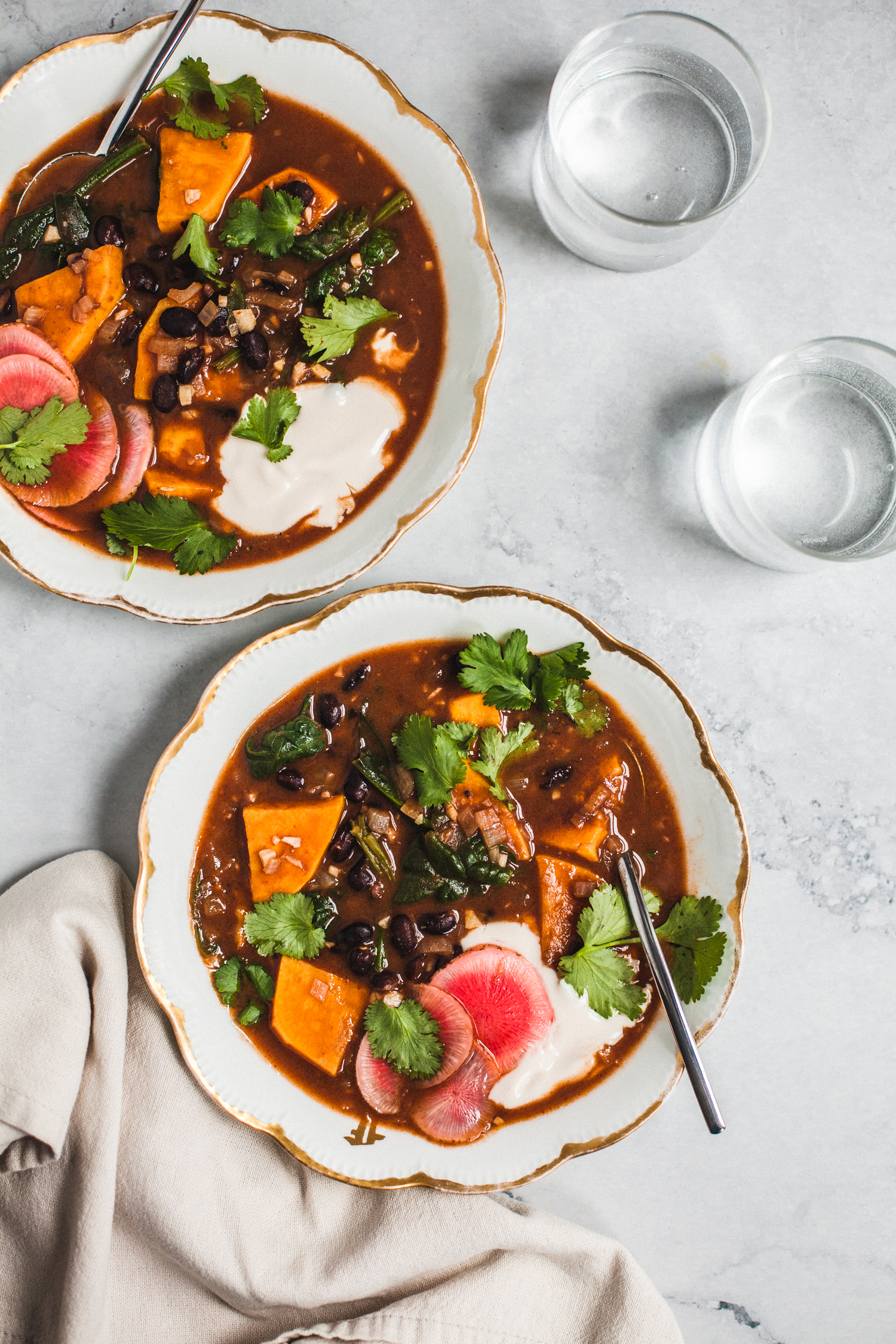
It’s still very much soup season over here. We’ve gotten more snow in the past month than we’ve had all winter, an...
Read Recipe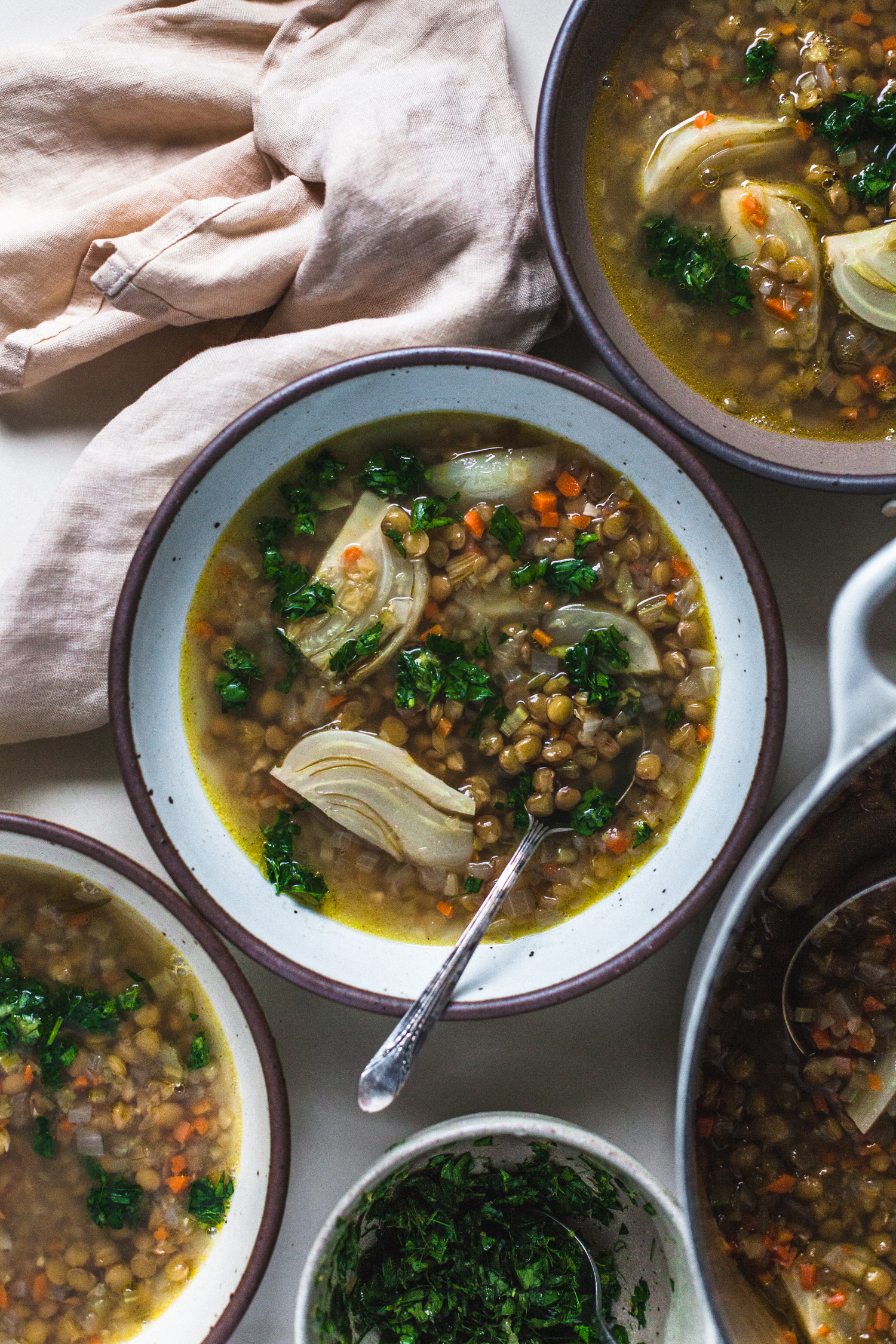
I love fennel, always, but especially during this time of year, when cravings for spring start coming on strong. Fennel�...
Read Recipe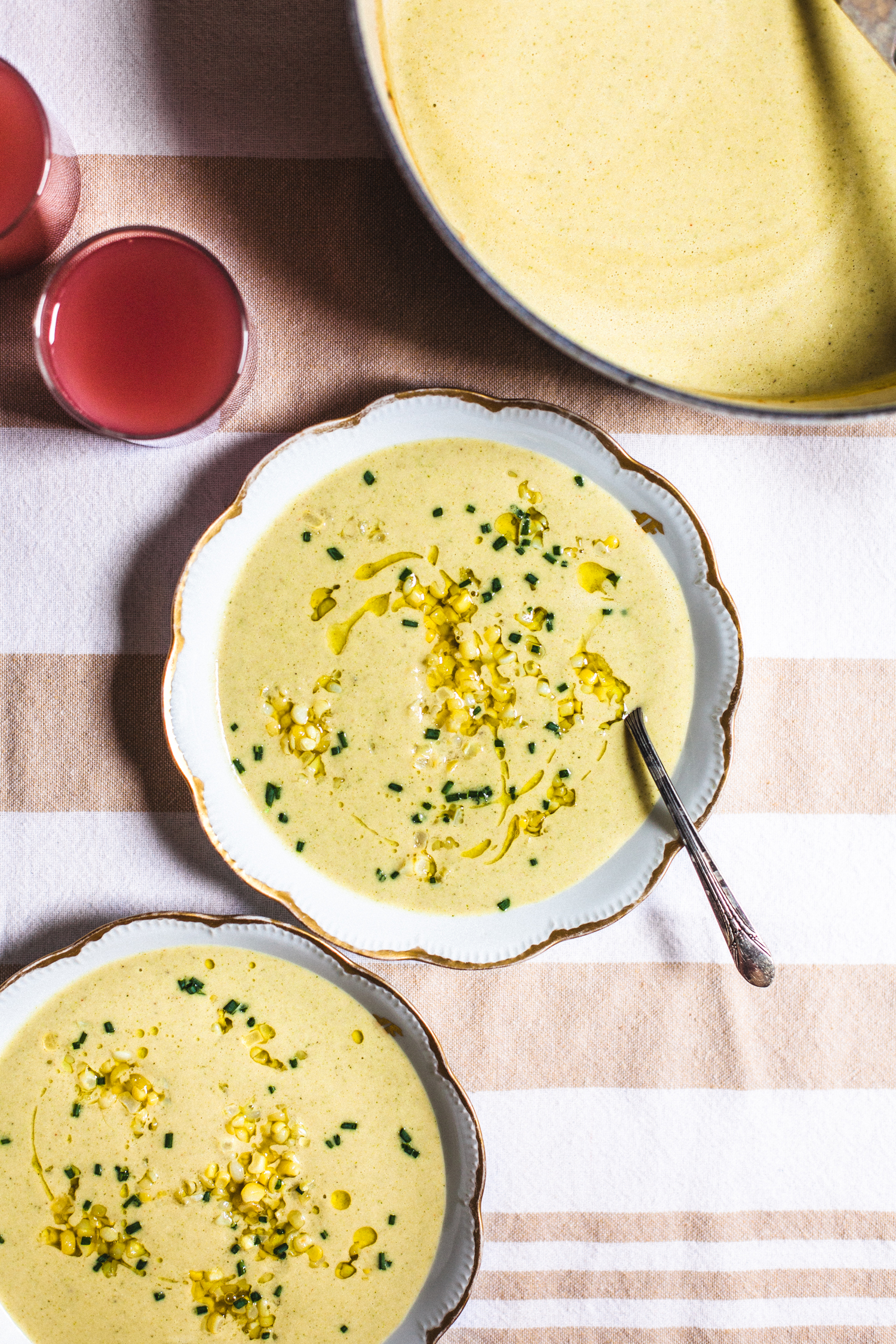
Warm soups have regained their appeal over the last couple of weeks, with the changed, silvery light, cooler mornings an...
Read Recipe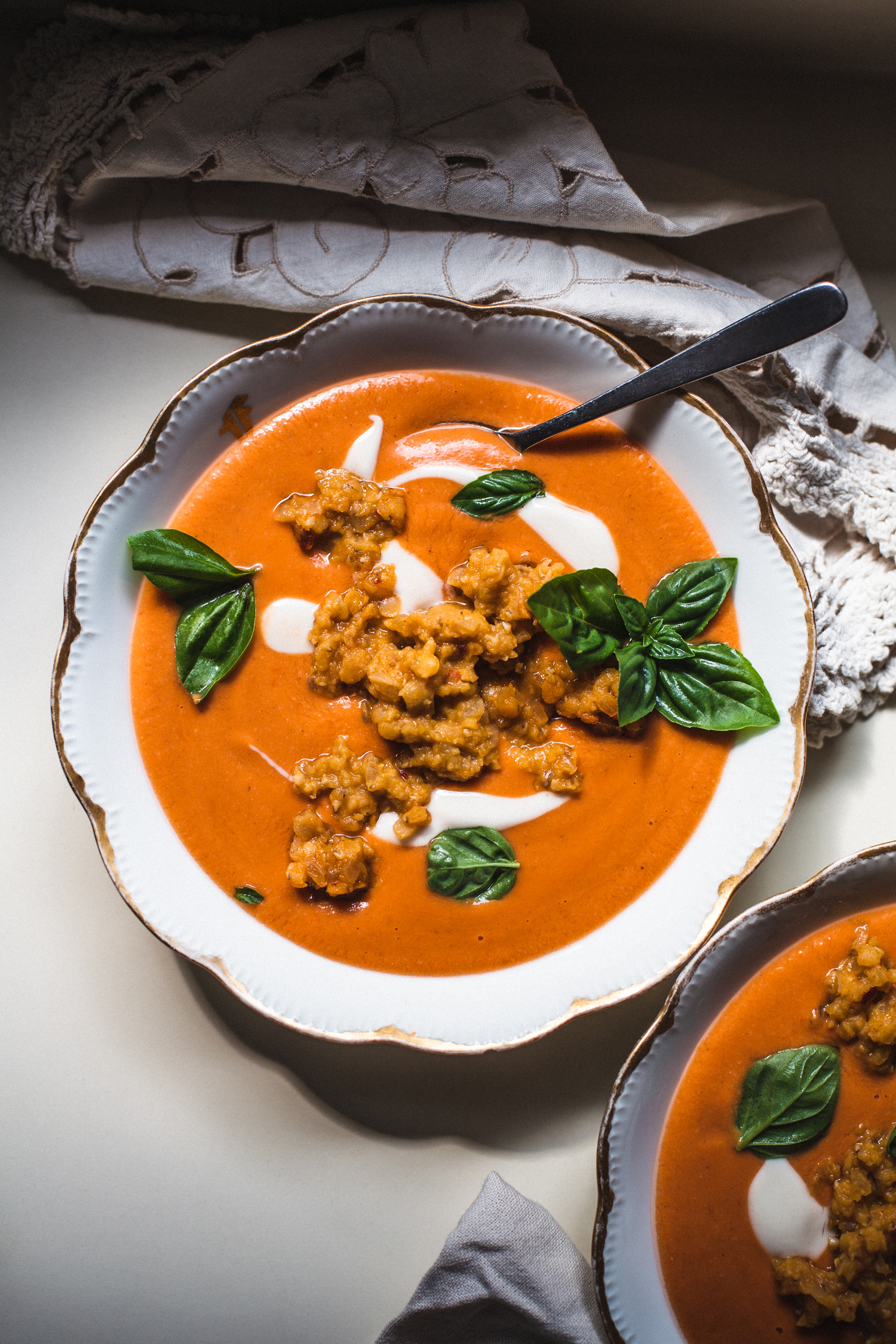
A thing I learned this year that I can’t believe I didn’t know before is that traditional Andalusian gazpacho recipe...
Read Recipe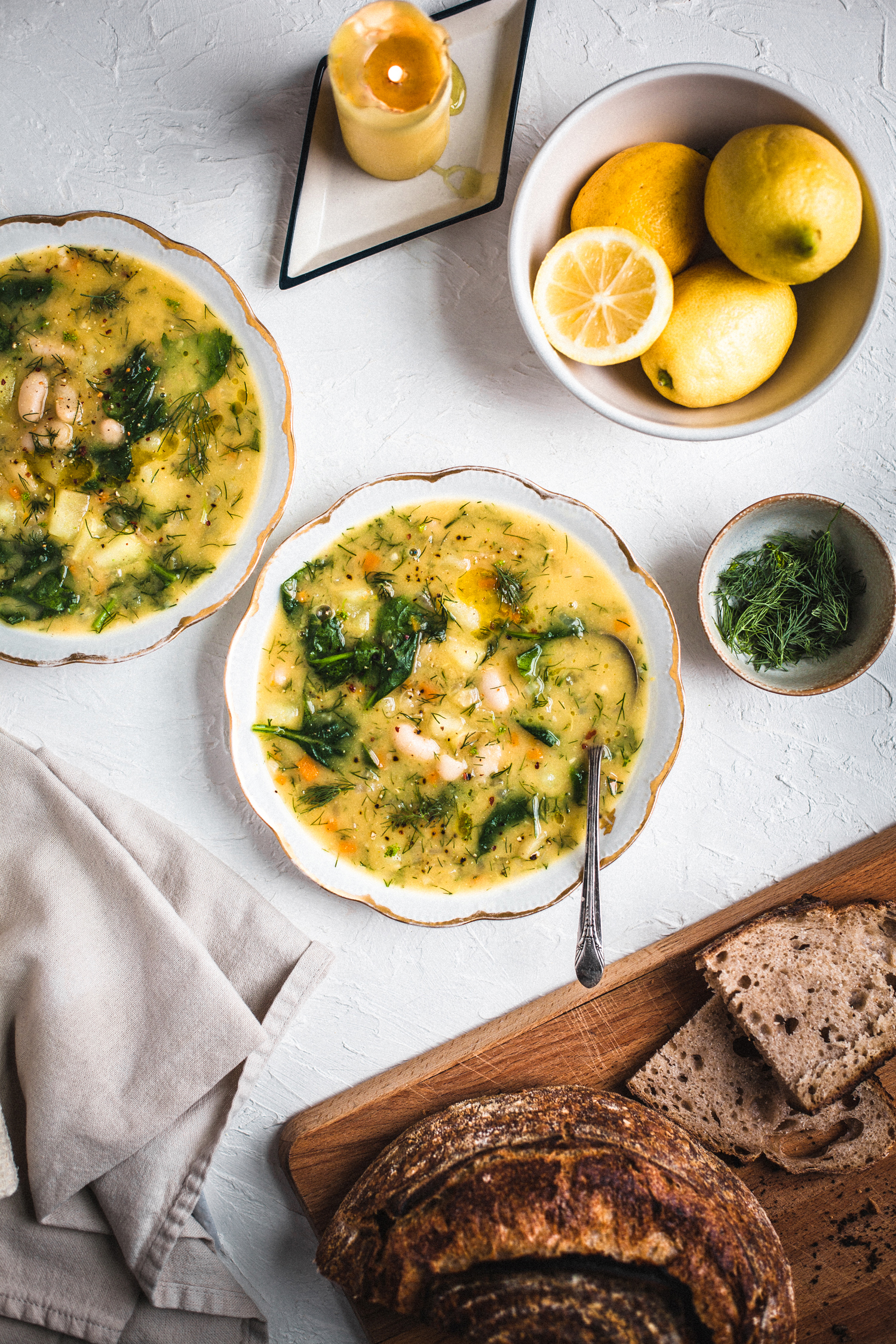
Coming to you with a recipe that feels simultaneously springy and warming. Spring here in the Northeast has been on the ...
Read Recipe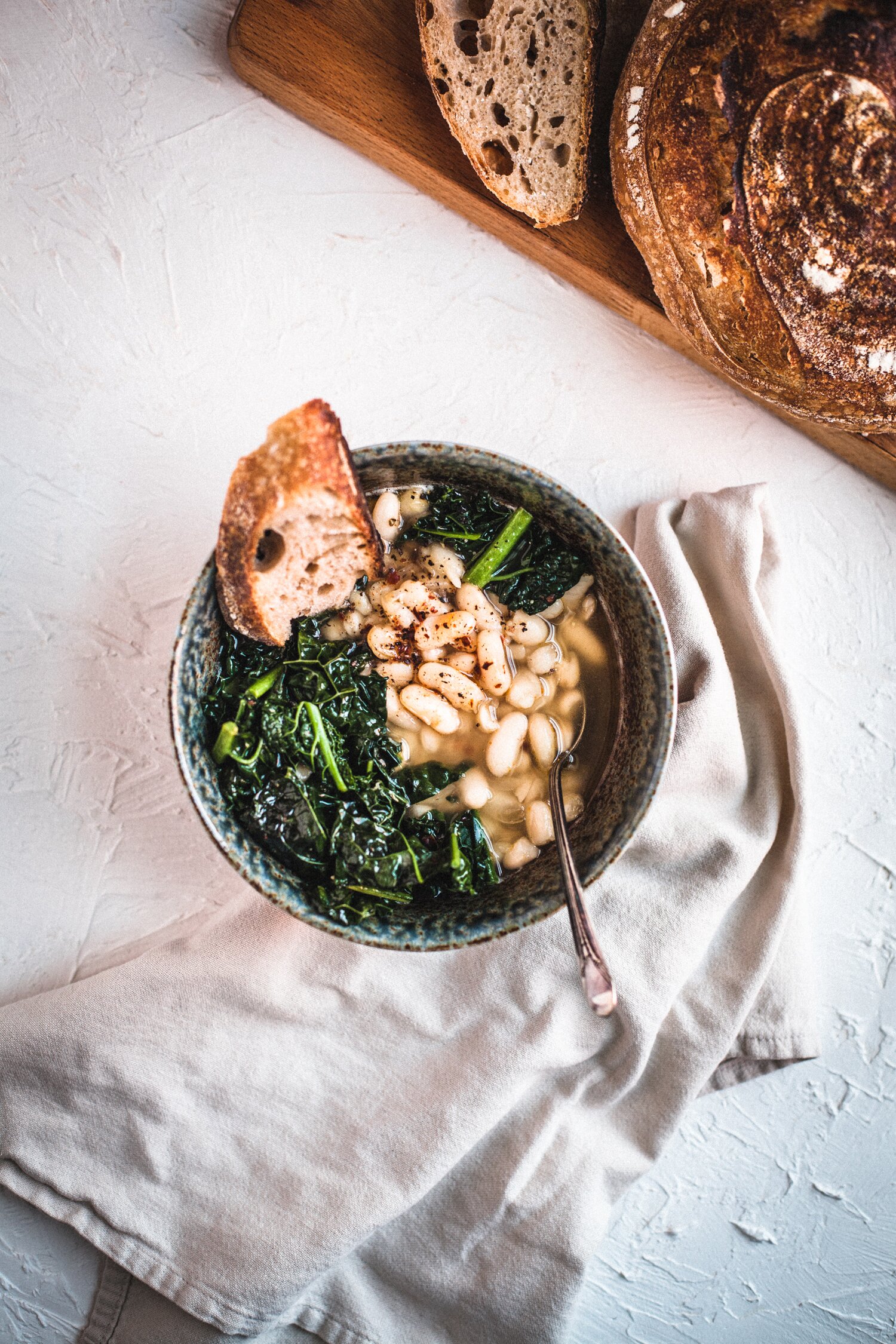
I pretty much always know what I’m having for lunch, especially right now, with this chilly spring weather and infrequ...
Read Recipe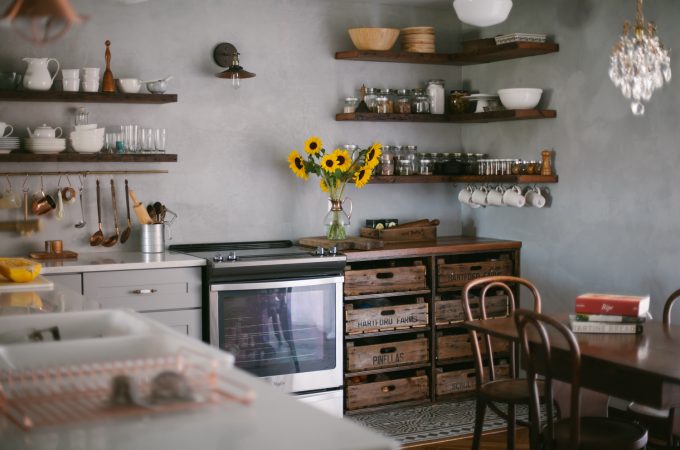
Here’s something fun that you can make to set yourself up for endless future wins in the kitchen. This freezer bouillo...
Read Recipe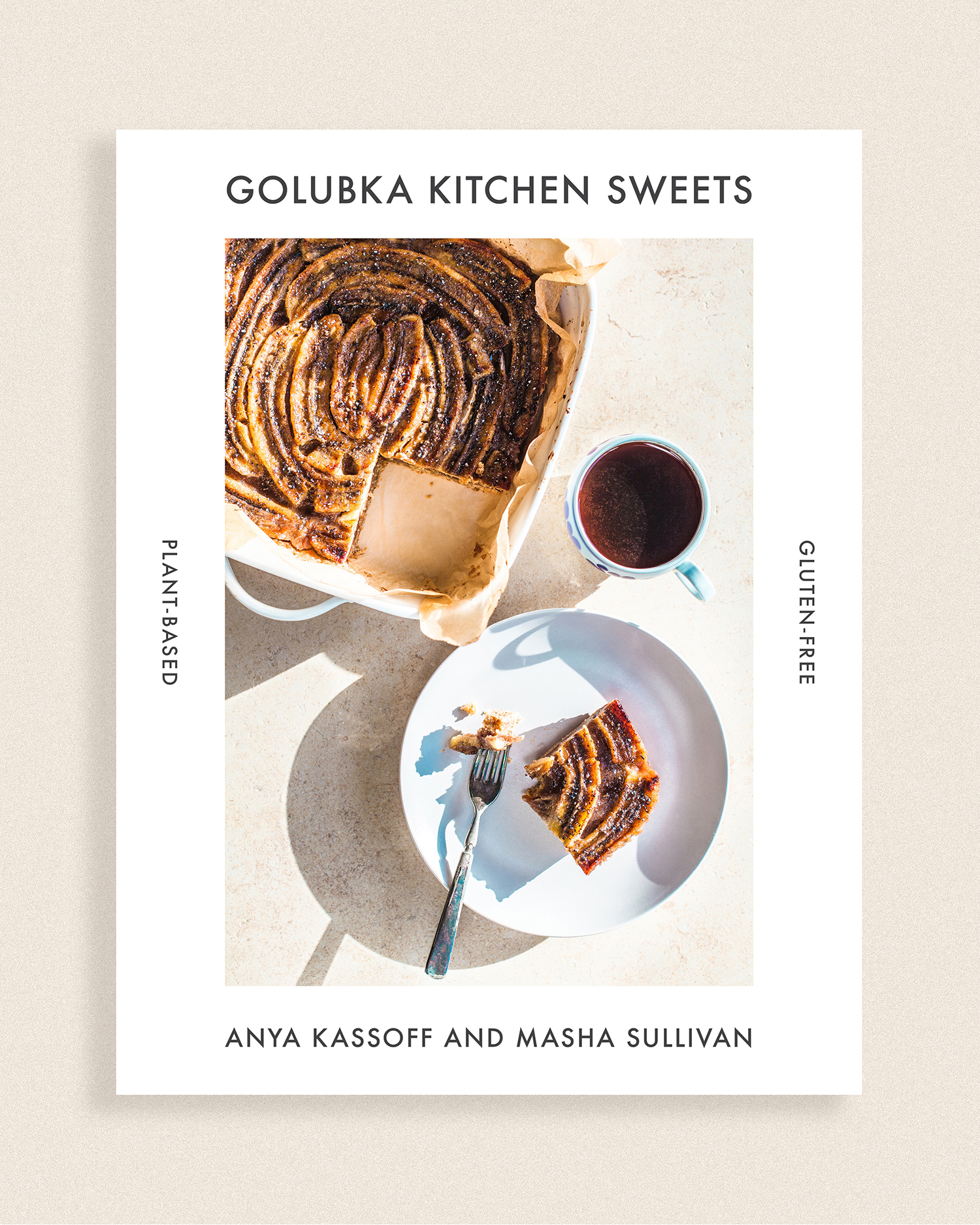
Oh man is this the perfect recipe for getting back into the swing of things after the holidays! I think that we’re al...
Read Recipe
Tomatoes are everywhere right now, every color and shape imaginable, and tasting like the most concentrated sunshine. Th...
Read Recipe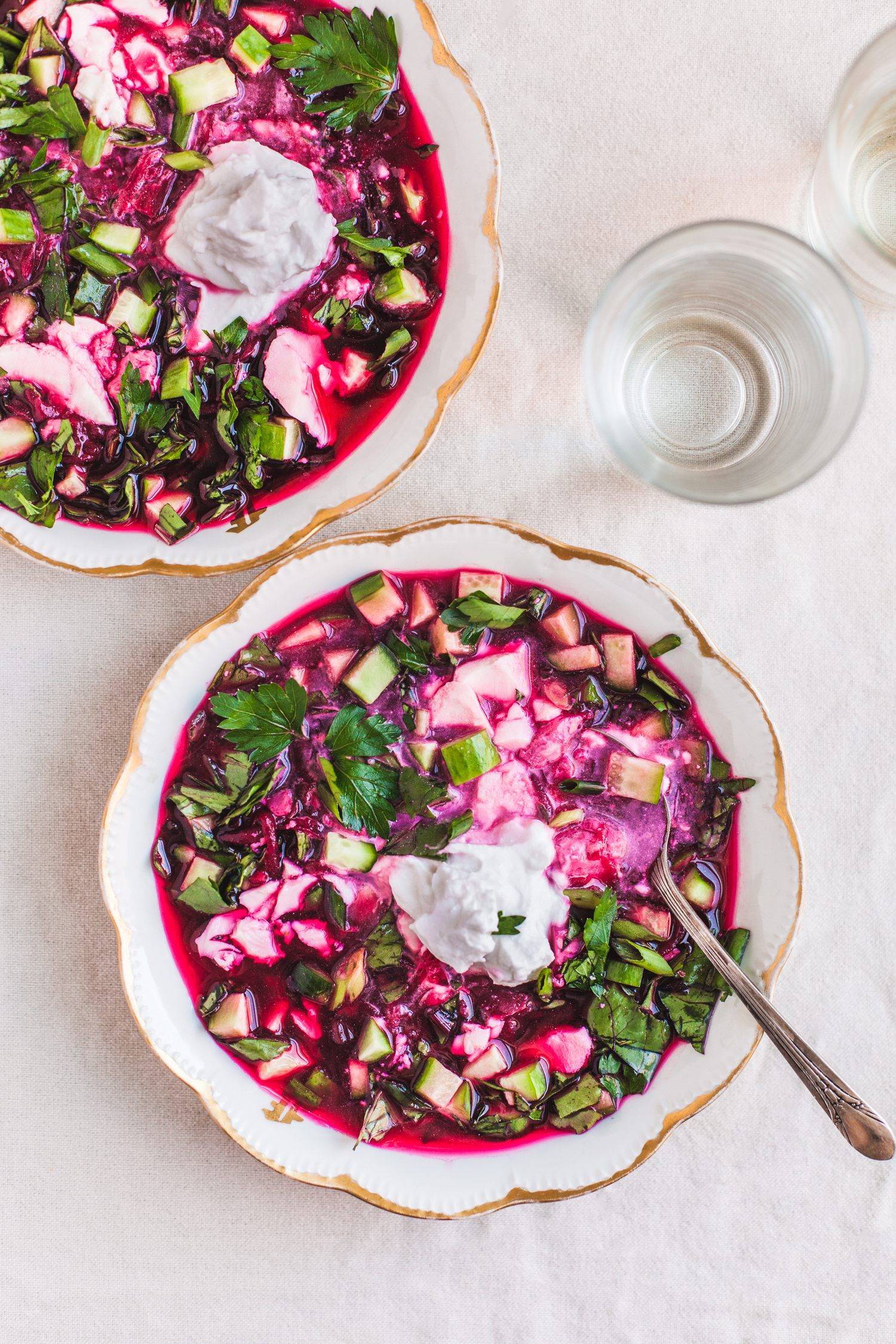
This soup tastes like you’re eating the garden in the best possible way. In Russia, we call it svekolnik, but similar ...
Read Recipe
Stopping by with another refreshing recipe today. The weather’s been extra balmy lately, and somehow, icy cold smoothi...
Read Recipe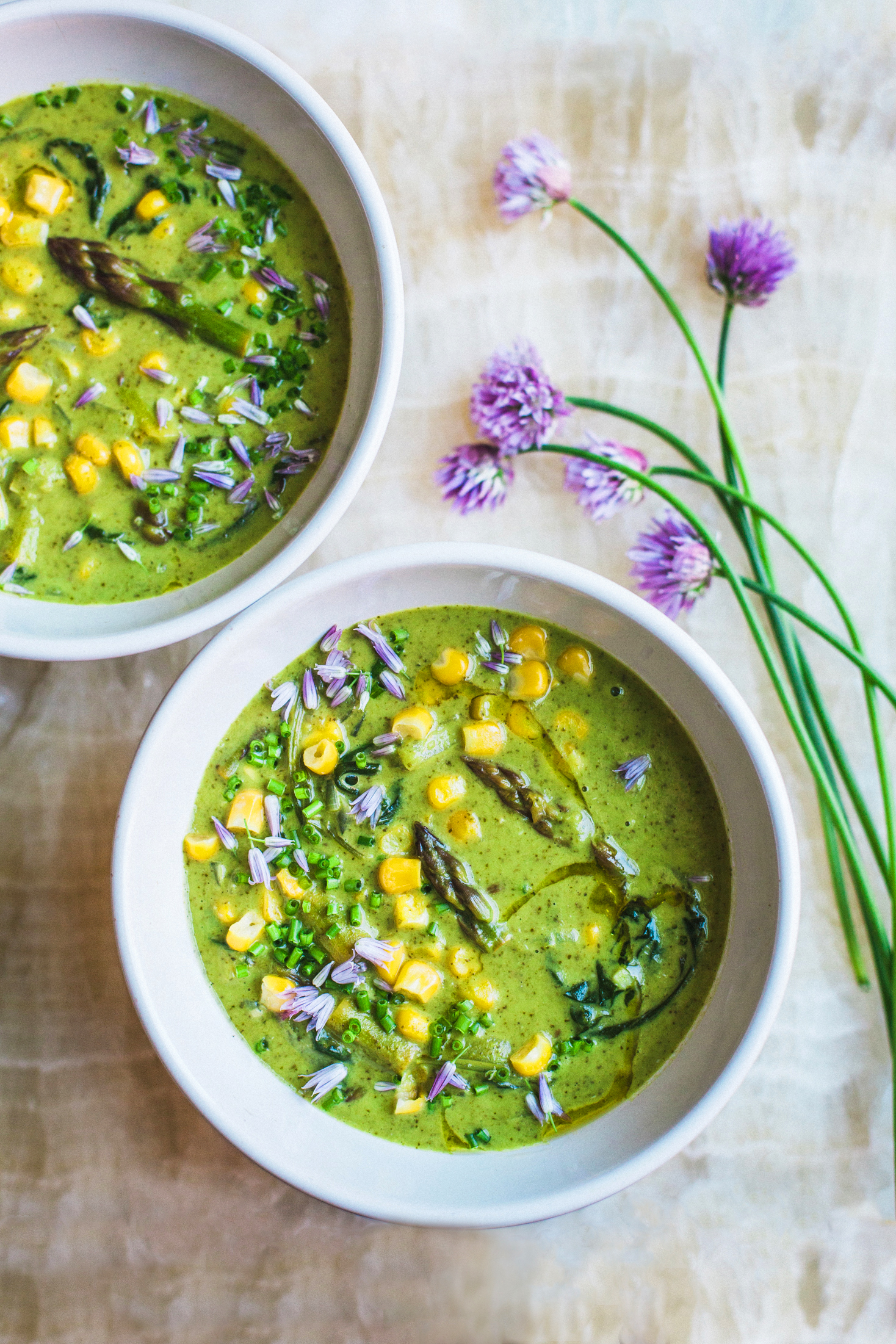
We sent out this simple asparagus chowder recipe as a little bonus in our newsletter a few years ago. Since then, it’s...
Read Recipe
We’re very ready for spring and all of its tender, green produce, but unfortunately it’s still very much soup weathe...
Read Recipe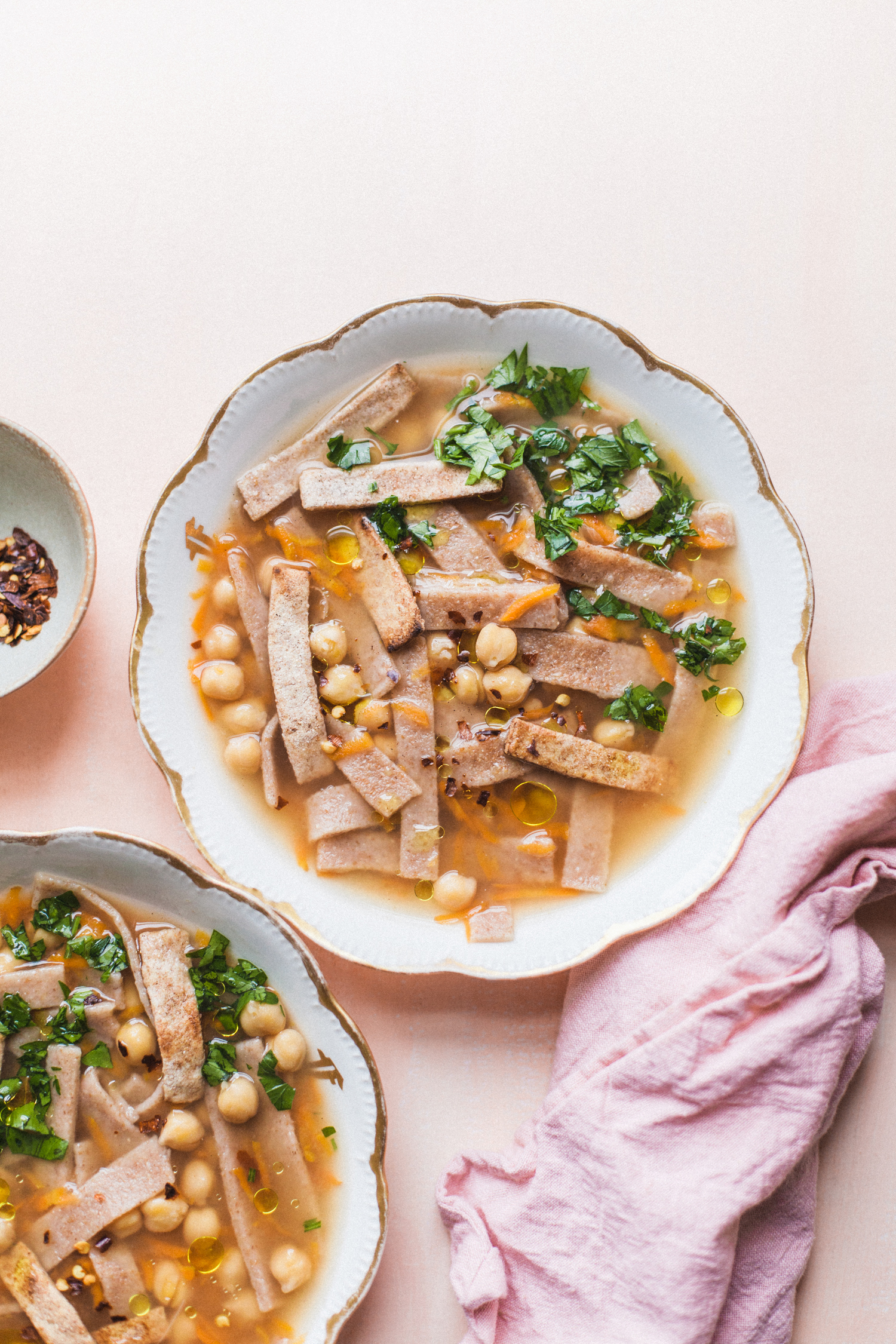
We had the most transcendent experience eating this simple, Italian peasant soup during our retreat in Abruzzo this past...
Read Recipe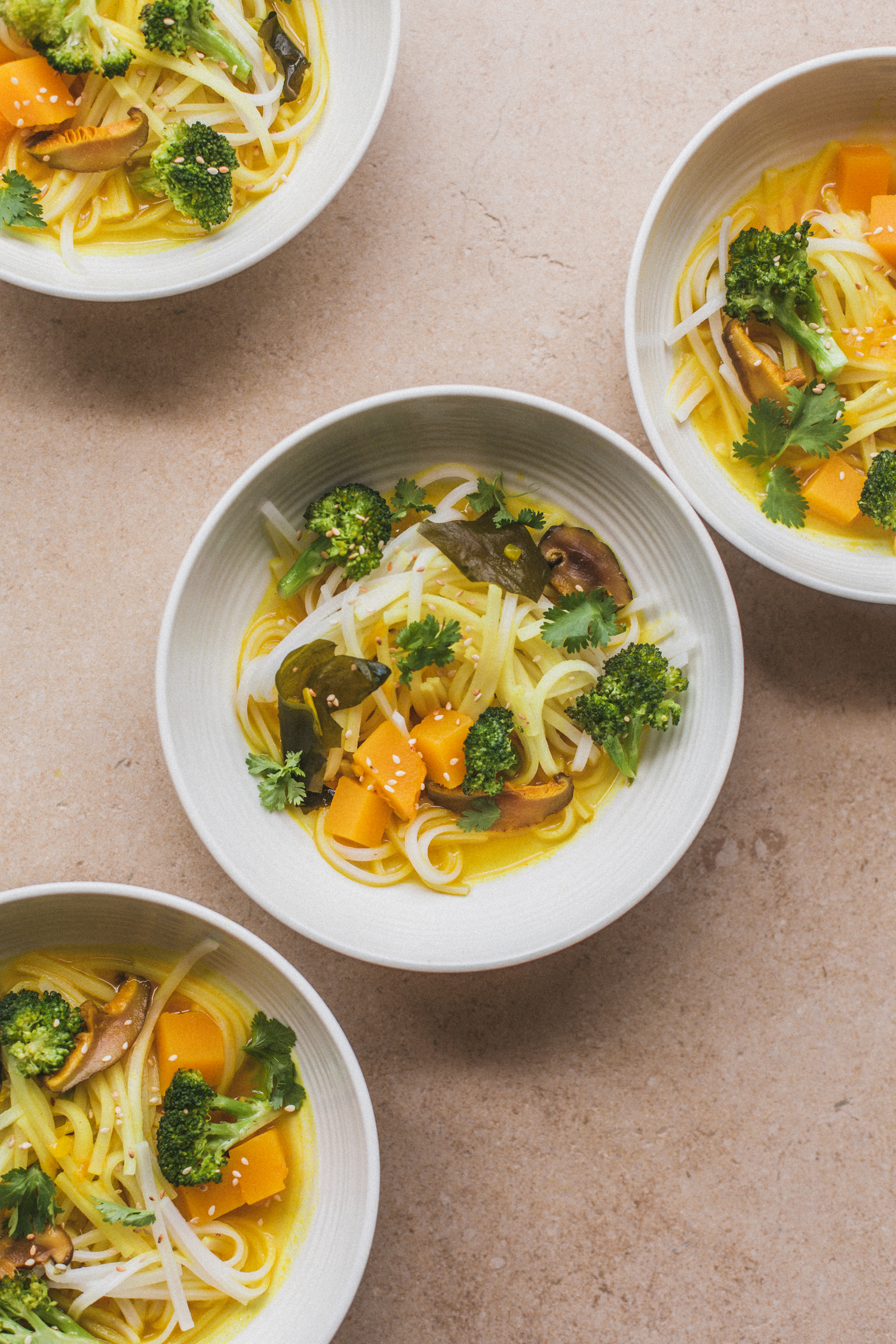
It seems like everyone around has been sick with a cold recently, so we thought it our duty share another recipe involv...
Read Recipe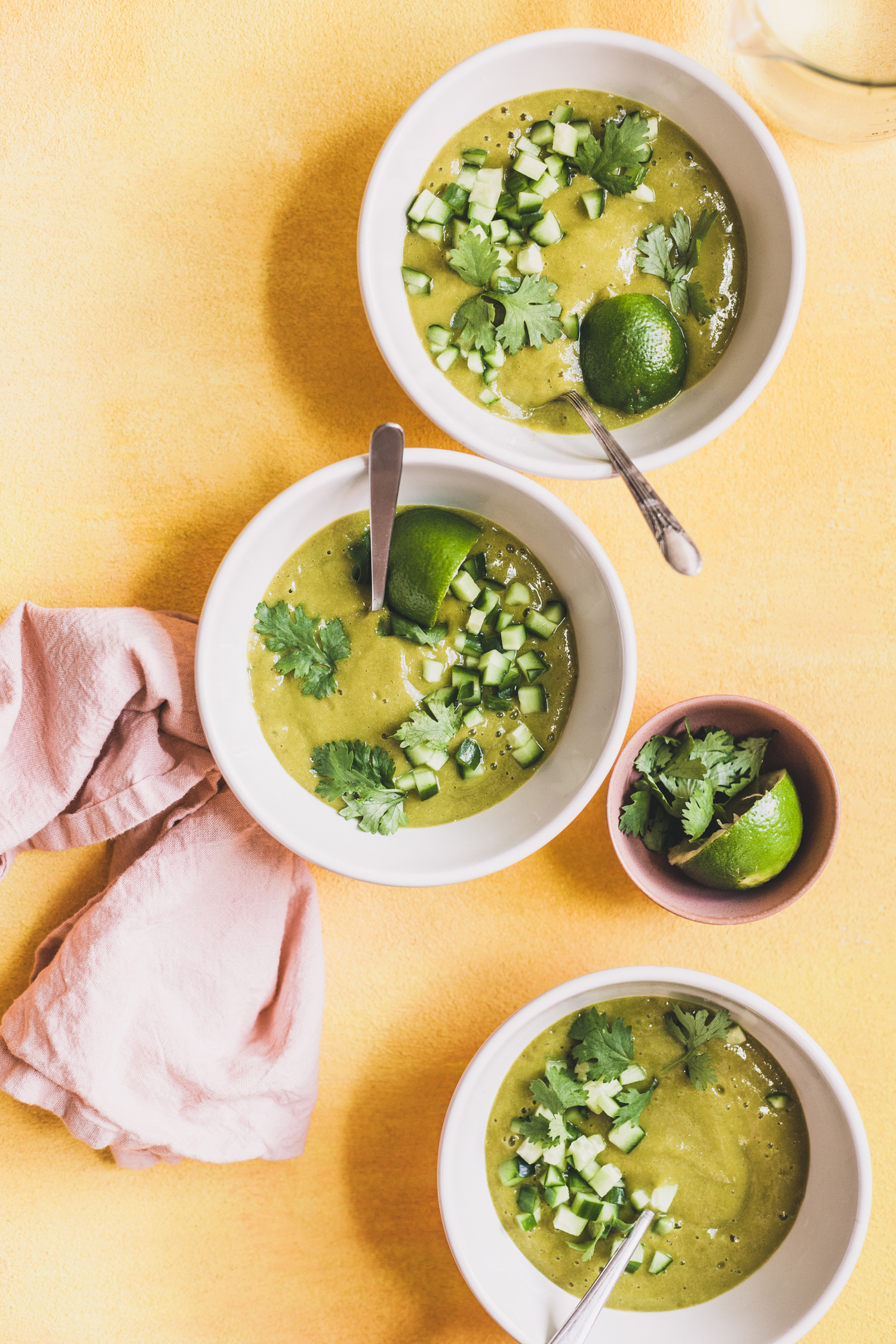
I’ve been on a raw food kick lately. I find that it’s what my body craves in the summer heat, and it always helps me...
Read Recipe
Today we are continuing with our Abruzzo recipe series, in which we share traditionally plant-based dishes from Abru...
Read Recipe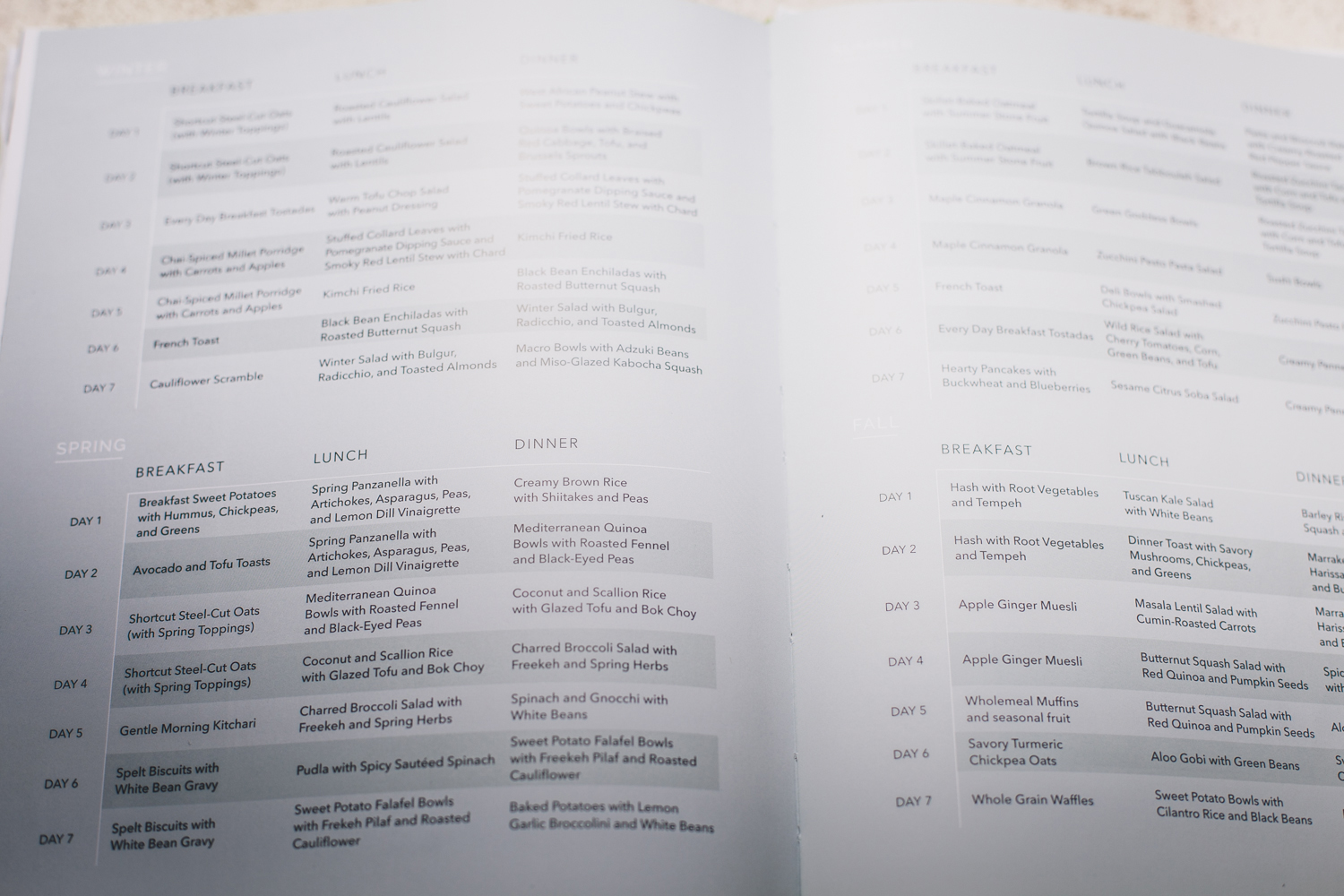
Today we are cooking the creamiest, most perfect chowder from a new cookbook that we are completely in love with, called...
Read Recipe
Today we are continuing with our Abruzzo recipe series, where we share traditionally plant-based dishes from Abruzzo, ...
Read Recipe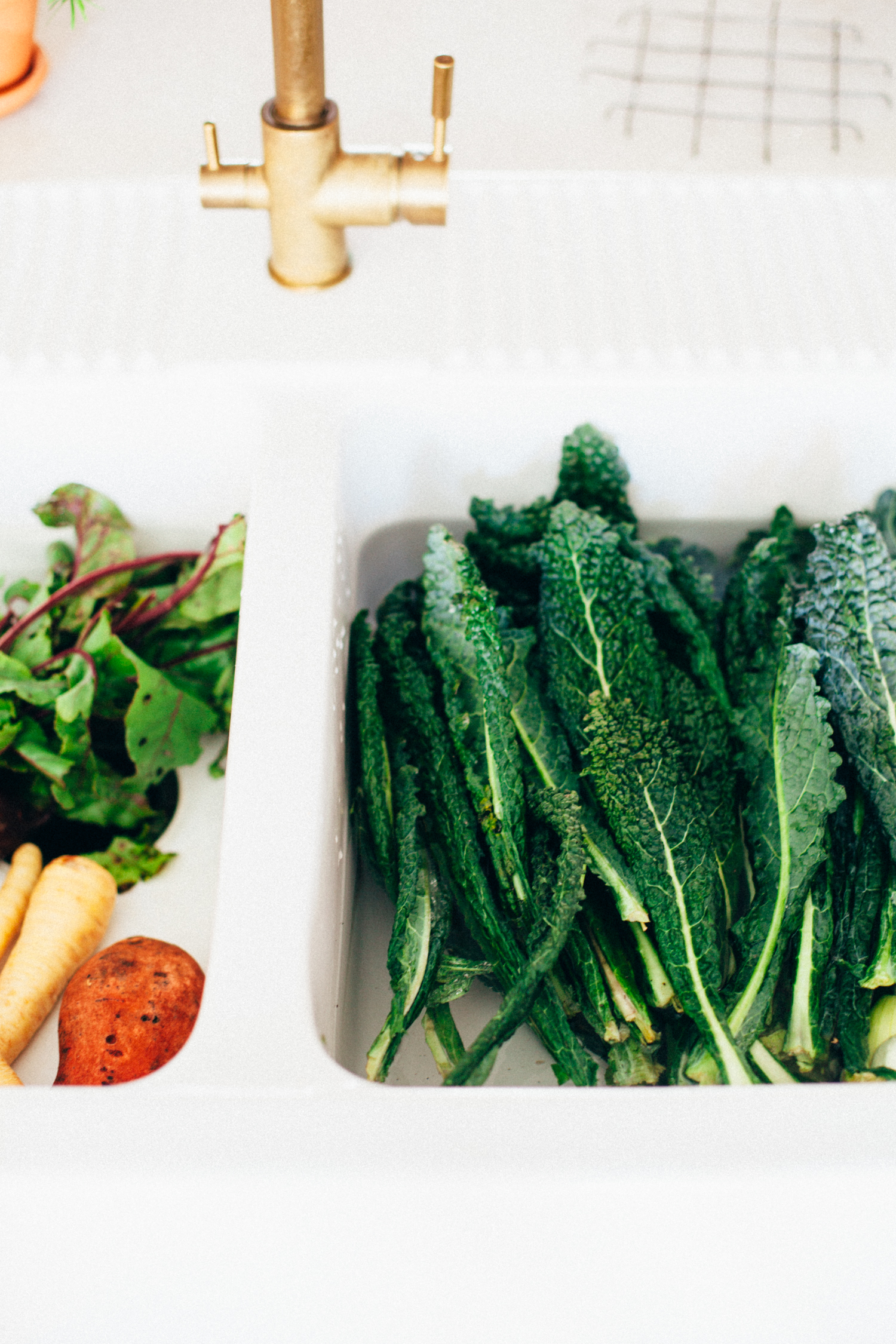
Yesterday was our new cookbook’s pub date, which is sort of like a birthday in the book world. It feels so good to fin...
Read Recipe
This post was created in partnership with USA Pulses and Pulse Canada. Here’s a simple, nourishing sou...
Read Recipe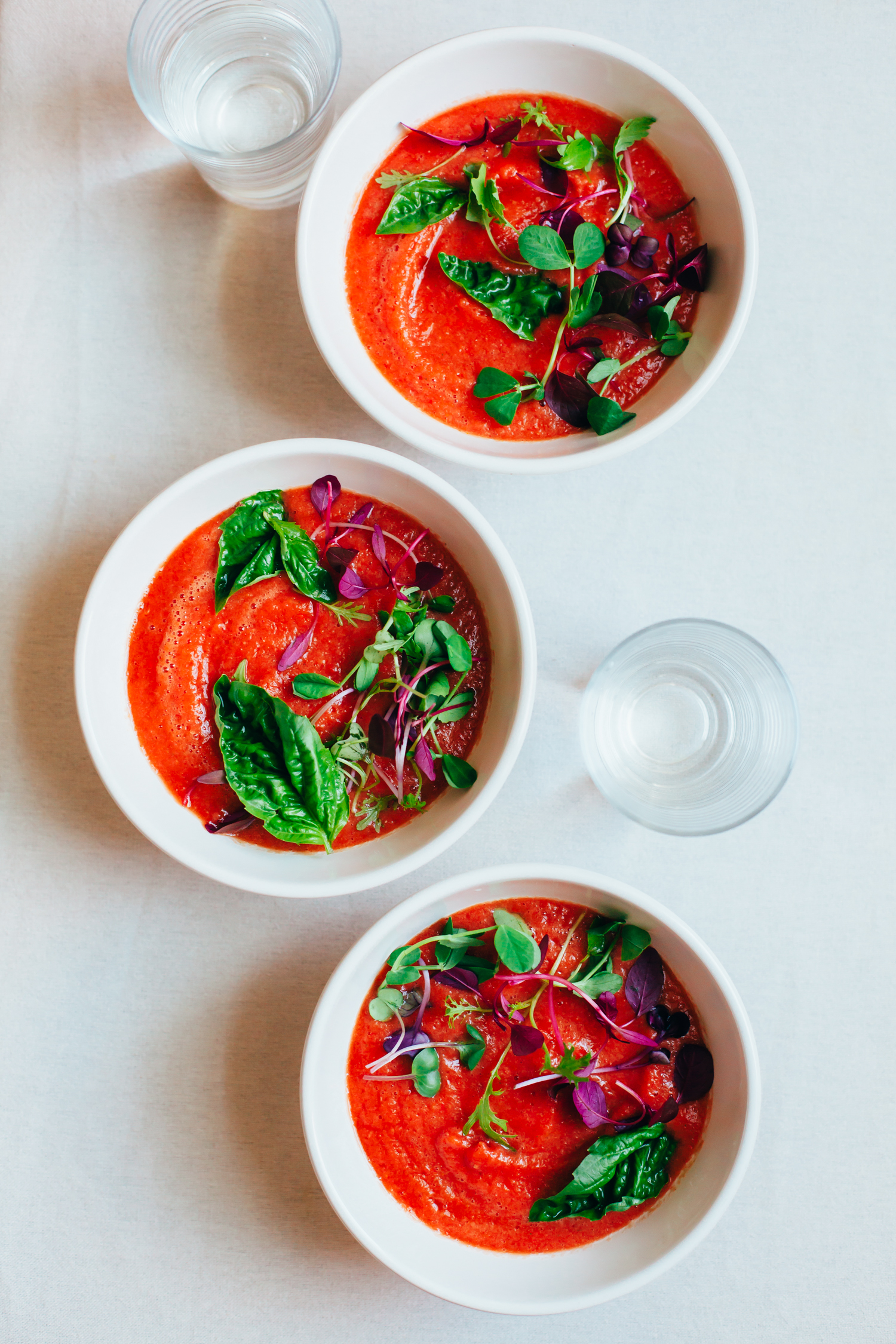
This post was created in partnership with USA Pulses and Pulse Canada. There’s something about the act o...
Read Recipe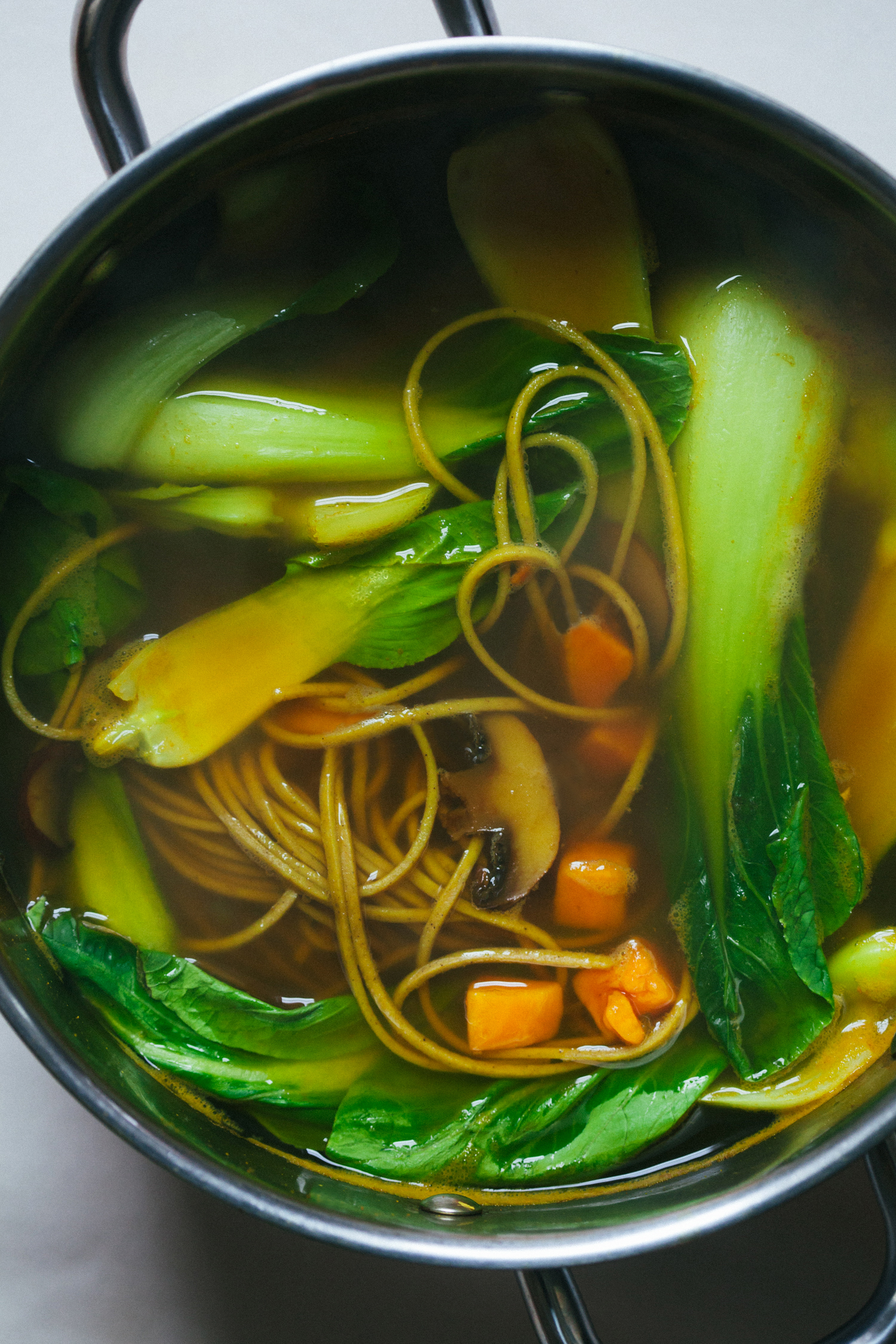
A few years ago, I developed this soup recipe for Food & Wine, and since then, it has become a staple in our househo...
Read Recipe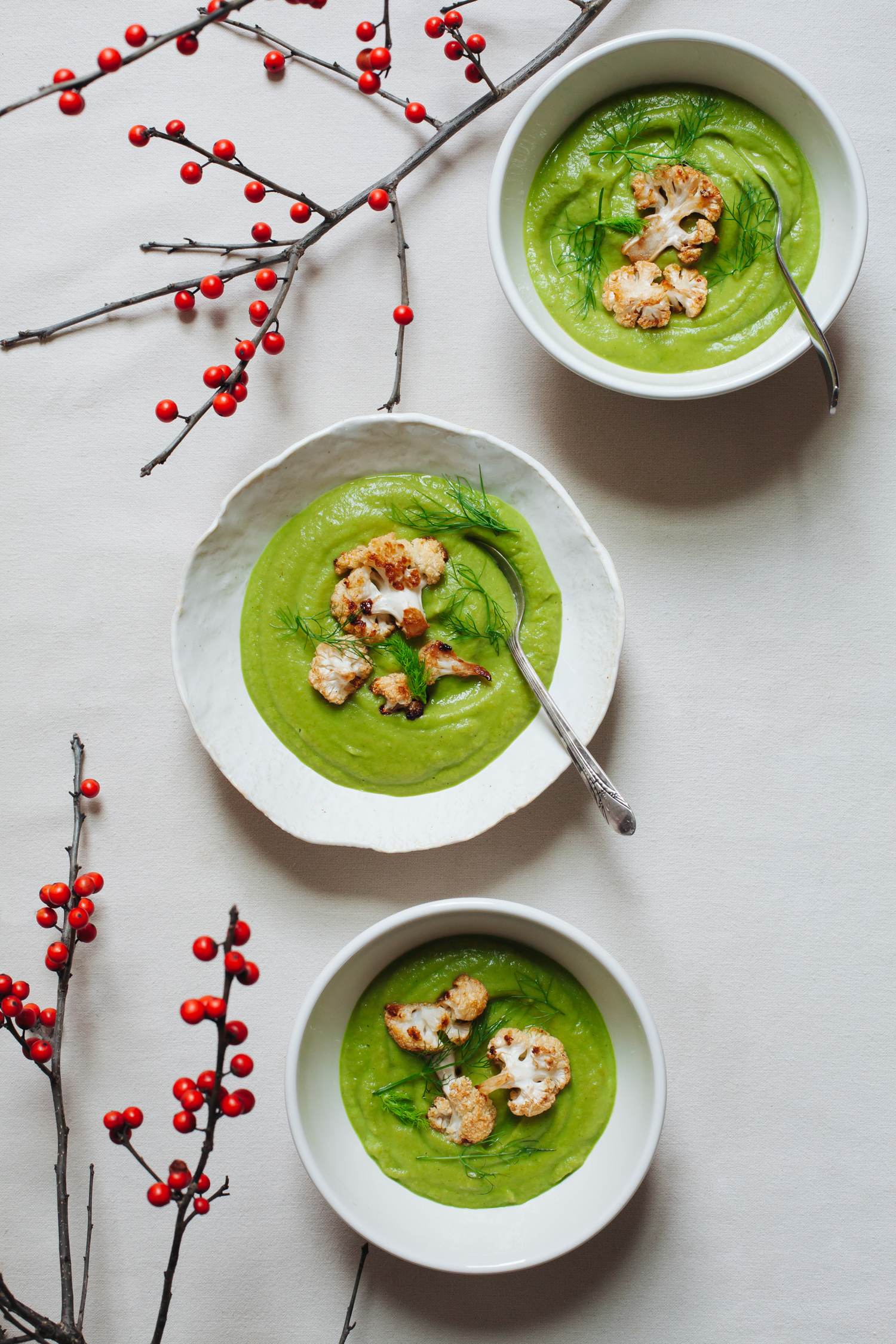
Since winter in the northern hemisphere is most definitely in full swing, we thought it was time for another quick, crea...
Read Recipe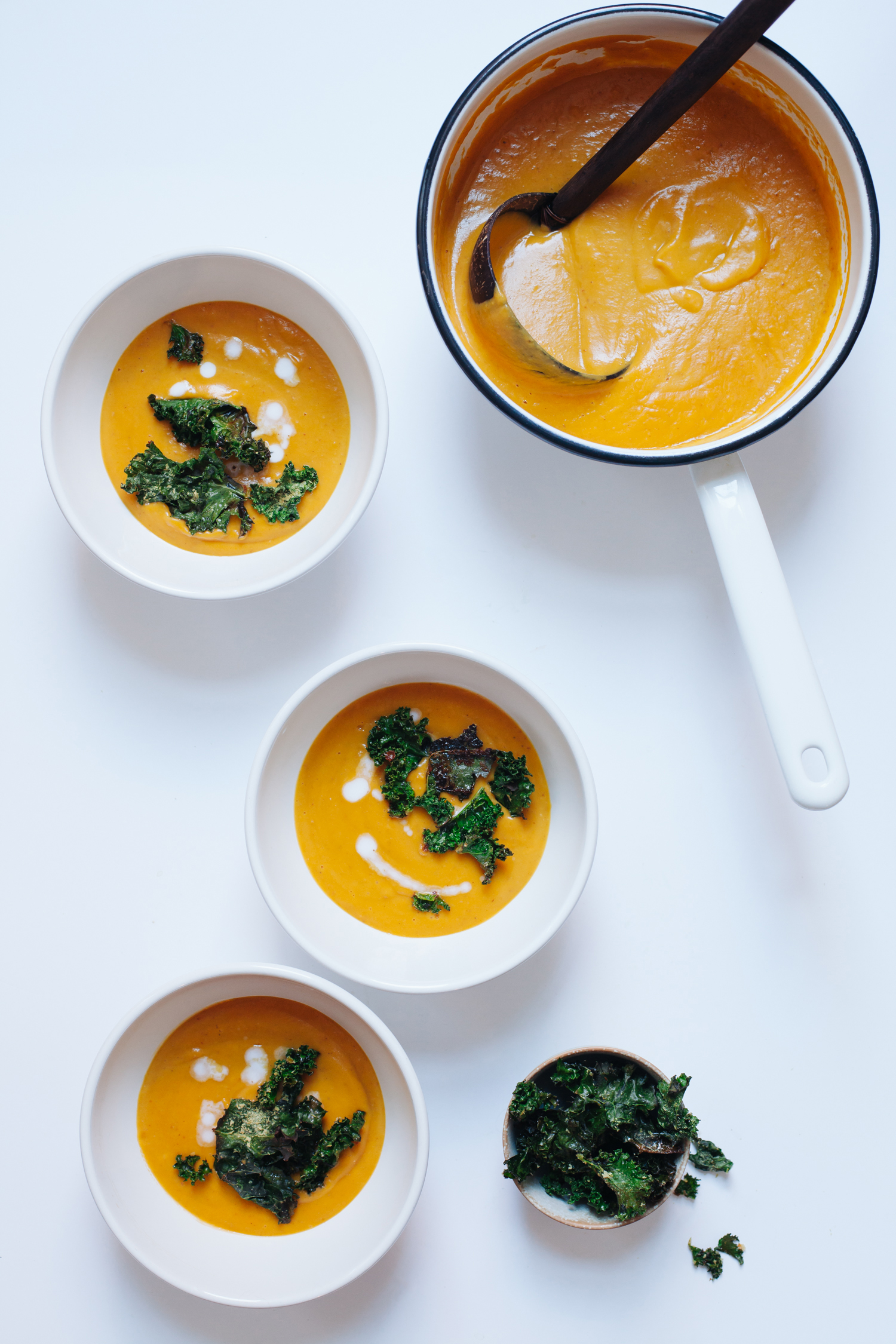
We’ve got a little upgrade on classic creamy butternut squash soup for you today. This one still has plenty of buttern...
Read Recipe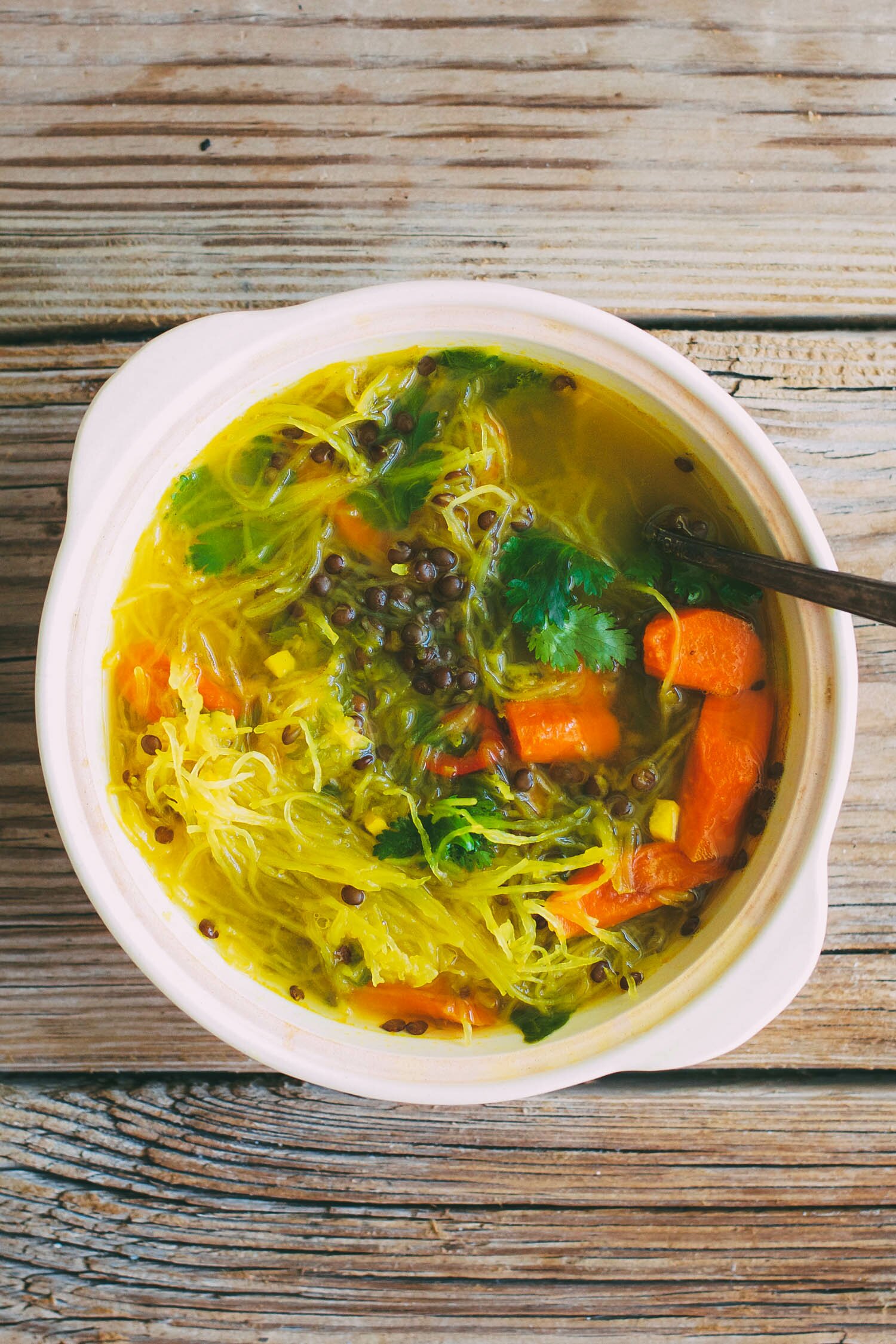
I recently came back from a short stay in NYC with Masha (older daughter and Golubka photographer), where I was happy t...
Read Recipe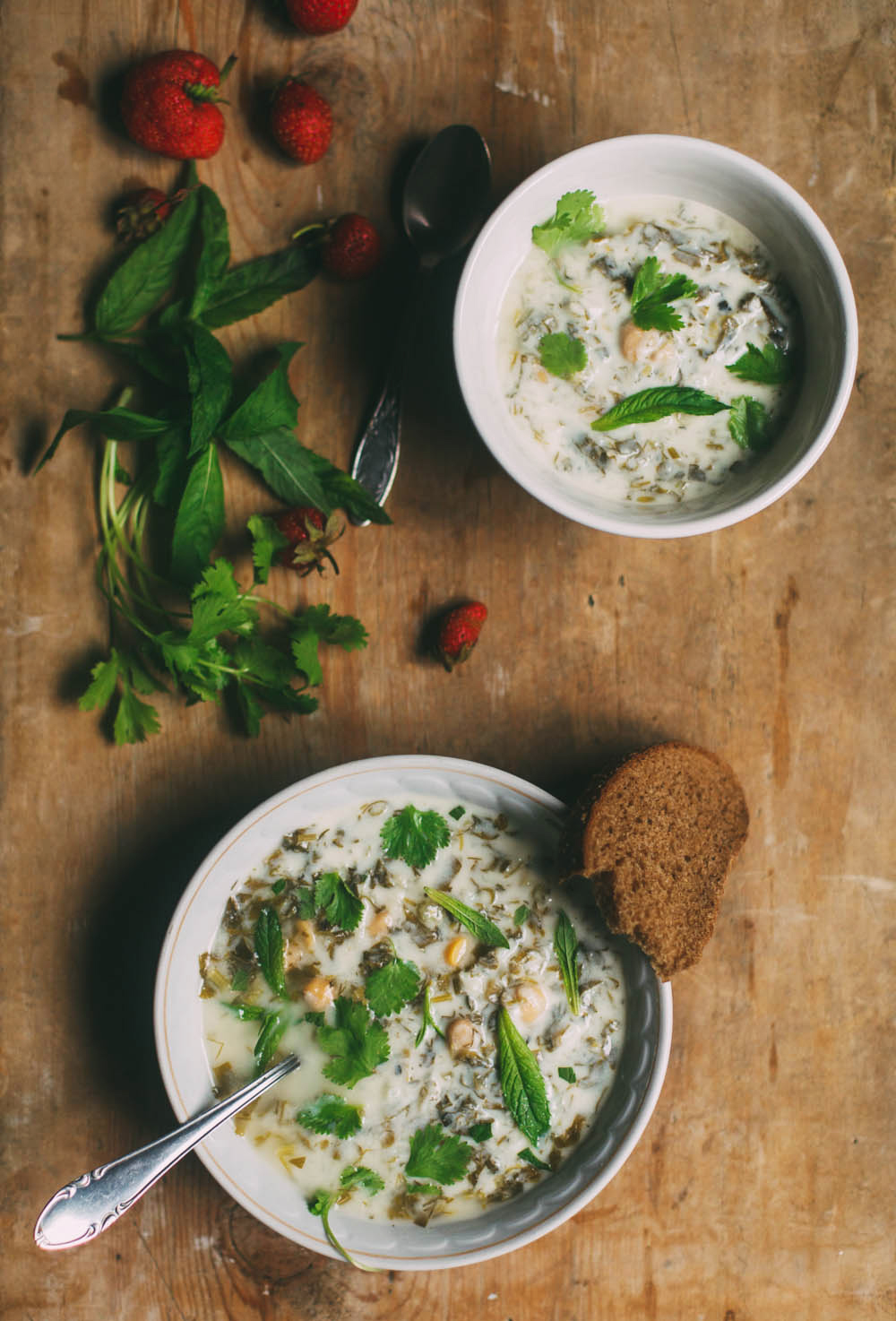
I recently talked a bit about my home region in Russia, and its array of food cultures and cuisines. Its unique geogra...
Read Recipe
Welcome to the new golubkakichen.com! We are so excited for this very overdue transformation and hope you like the site...
Read Recipe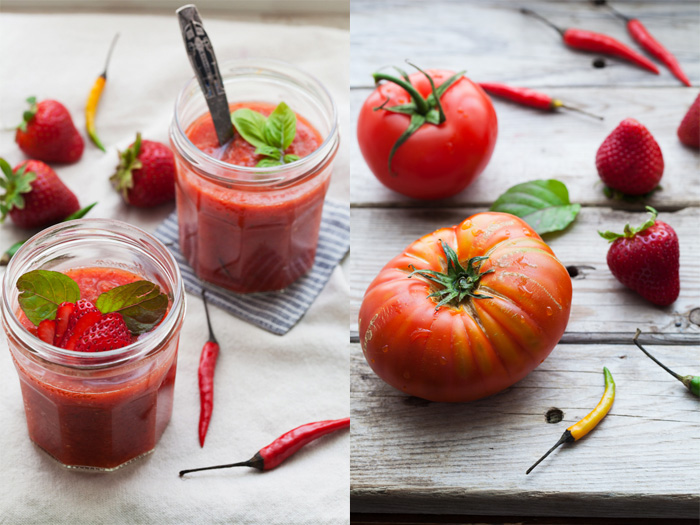
Cold pureed soup is something that I didn’t know about when growing up but absolutely cannot live without now. Every s...
Read Recipe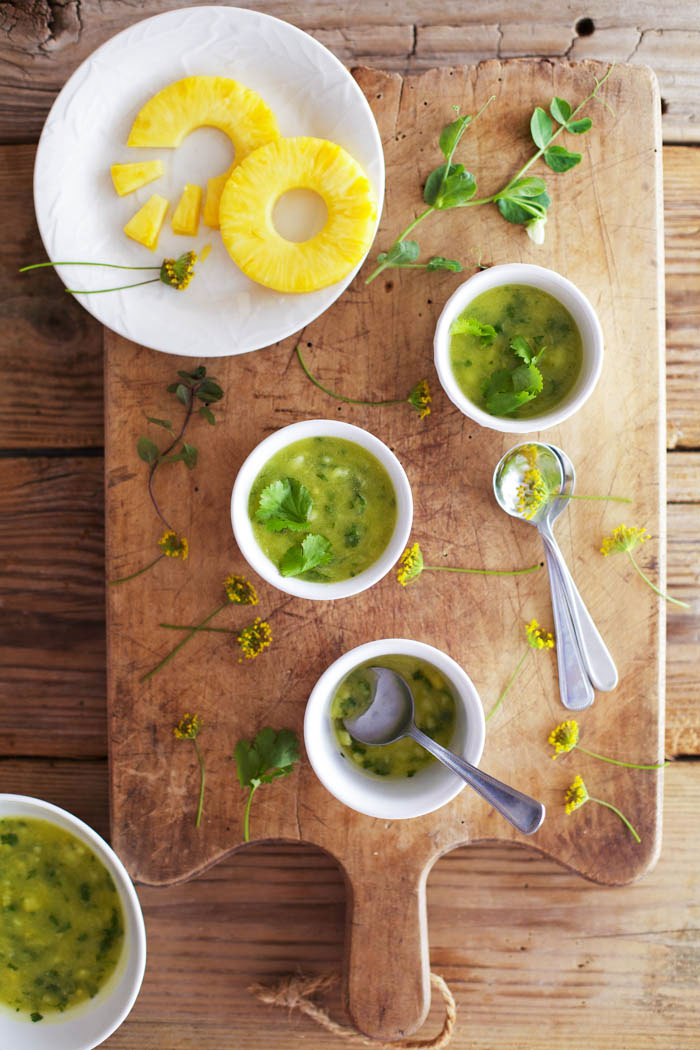
Spring continues to be cool down where we are in Florida. I’ve lived here for ten years and never experienced such a c...
Read Recipe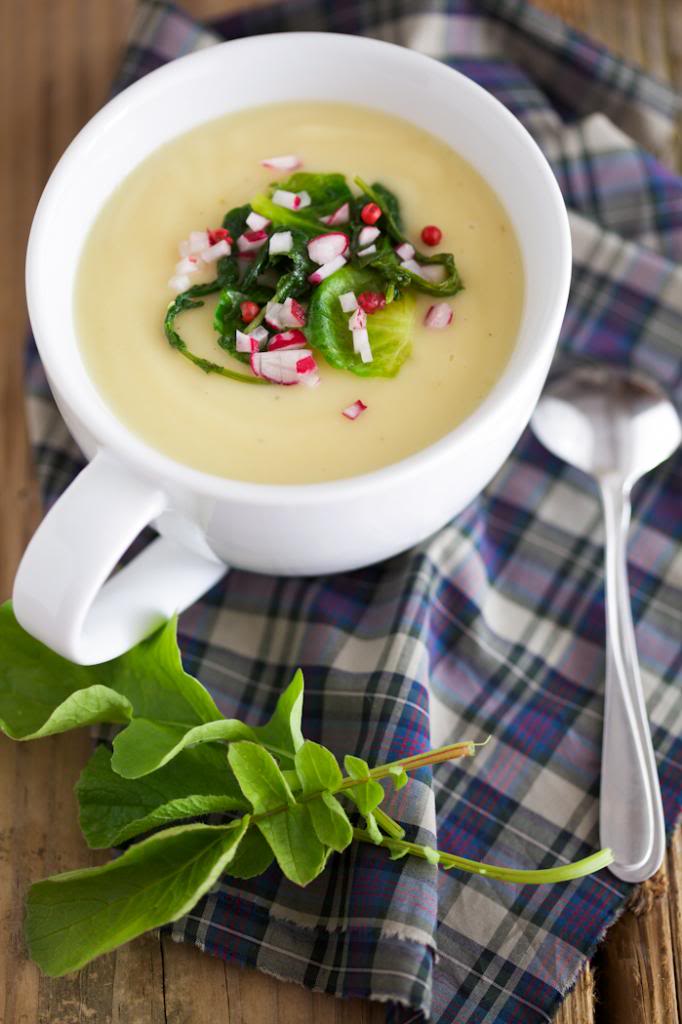
Happy 2013 everyone! Wishing you a year of health, peace and many delicious meals. We’re so grateful for yet another y...
Read Recipe
Happy Easter! Today’s guest post is by the beautiful Elenore from Earthsprout. She compares her approach to cooking as...
Read Recipe
A light, creamy sunchoke soup, dressed up with a vibrant pomegranate reduction. The first time I tasted Jerusalem artic...
Read Recipe
There are not many dishes as desirable on a hot summer afternoon as a well chilled gazpacho. This particular one stands ...
Read Recipe
Some foods have a distinct seasonal disposition. Ice cream for summertime, apple pie in the autumn, hot soup during wint...
Read Recipe
Asparagus is a vegetable that I grew to like during my years in America – we never cooked with it in Russia. Up until ...
Read Recipe
This is another recipe from the small series of cooked soups that I feed Paloma and the rest of the family on wintry day...
Read Recipe
Although we’ve been eating raw food throughout the day lately, I give Paloma one of my hot soups at lunchtime together...
Read Recipe